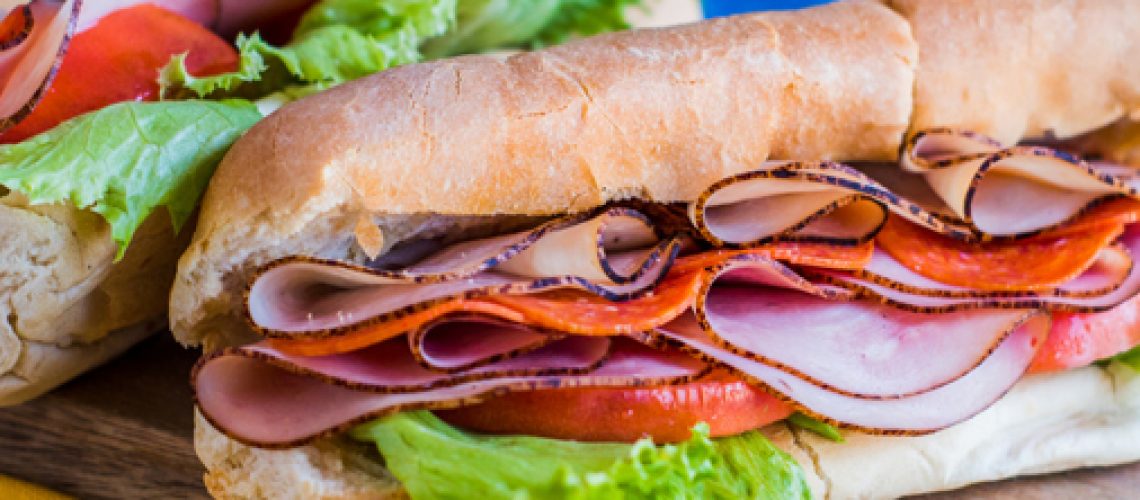Hoagie. Grinder. Po’ boy. Hero. Sub. Whatever you call them, you say the word and you’re instantly craving the savory, satisfying sandwich nestled in a thick, warm roll. With the beautiful kaleidoscope of tastes and endless possibilities, building a sub is its own work of art.
The history of sandwiches is well documented and extensive. For centuries, people from India to Israel and Morocco to Ethiopia have been using pockets of bread to wrap meat in for easy, mess-less consumption. It wasn’t until the 18th century when John Mantagu, the 4th Earl of Sandwich, introduced it to the aristocracy as a quick and easy way to eat while playing cribbage and gambling. As the Industrial Revolution hit, the need for fast, portable, and cheap meals surged and the “sandwich” became the every-man’s go-to packed lunch.
Fast forward to New London, Connecticut during World War II, the Navy’s primary submarine base and largest shipbuilding yard were booming. Thousands of men hustled around and hundreds of them would stop at Benedetto Capaldo’s shop for lunch. To keep up with the over 500 a day orders the Italian was receiving, Capaldo stopped making individual sandwiches and would give the Navy-men their fillings on full rolls which looked remarkably like the submersible boats they were operating. At the time called “grinders” for the way your teeth had to grind to bit through them, these sandwiches laster longer than a smaller sandwich and were more filling for the men.
Nowadays, you can get a sub, grinder, or hoagy across the country. Building it from the bun up, you can fill it with any time of meat, cheese, or veggies your heart desires. Of course, each city takes pride in the spin they throw on the bun (shrimp po’ boys in New Orleans vs cheesesteak in Philly). It’s a creative, joyous work of art and allows each sub-builder the chance at creating a sandwich masterpiece.

